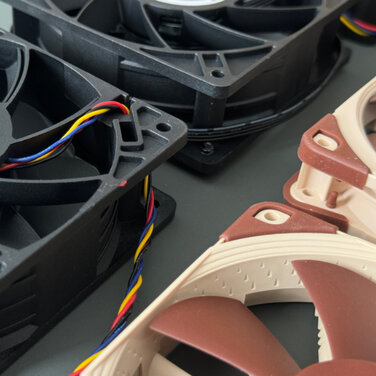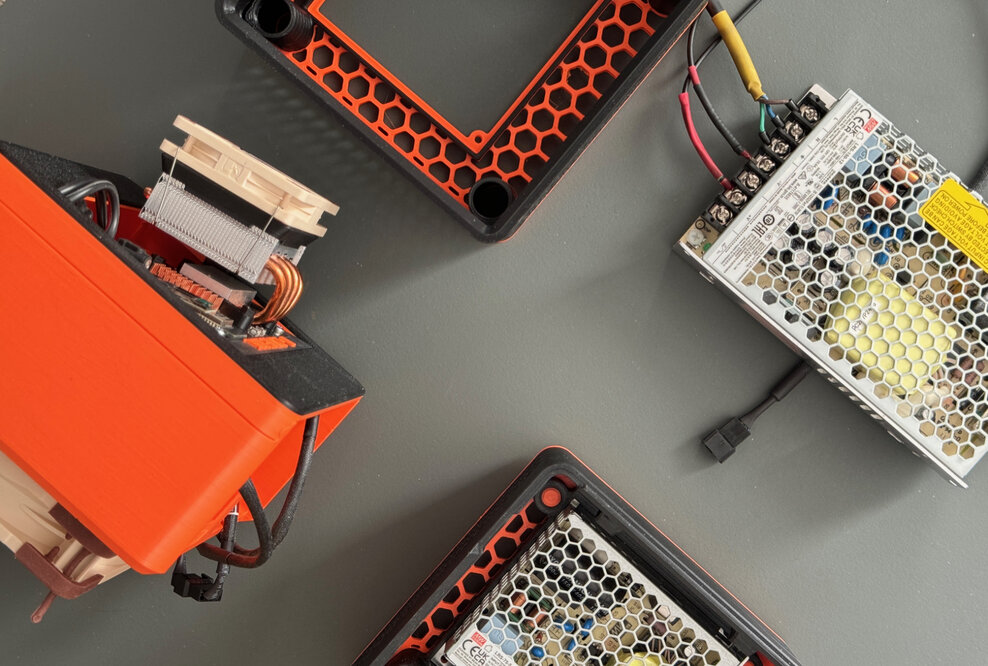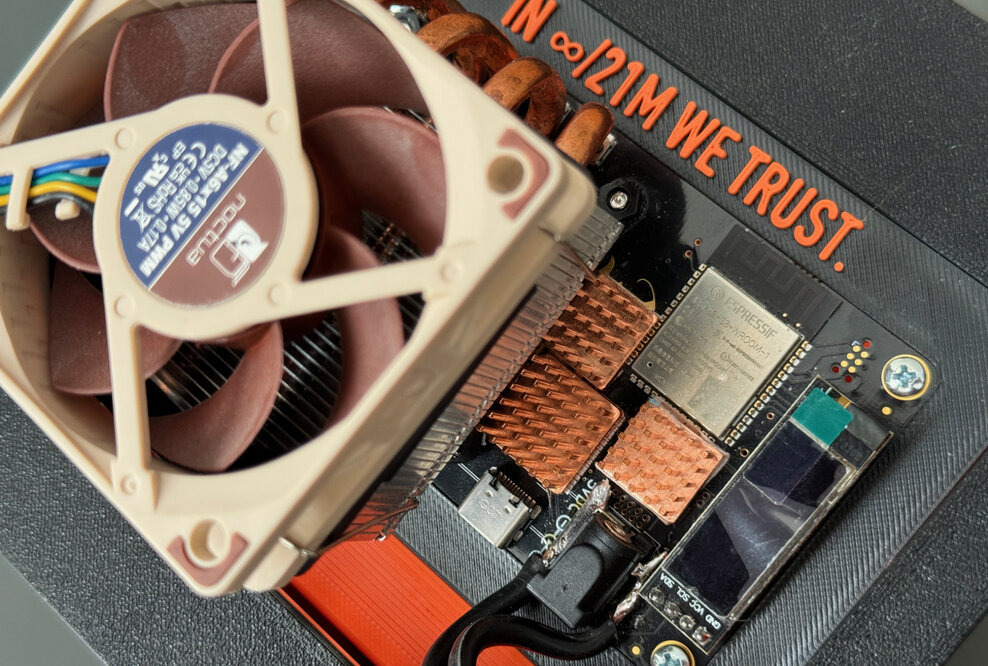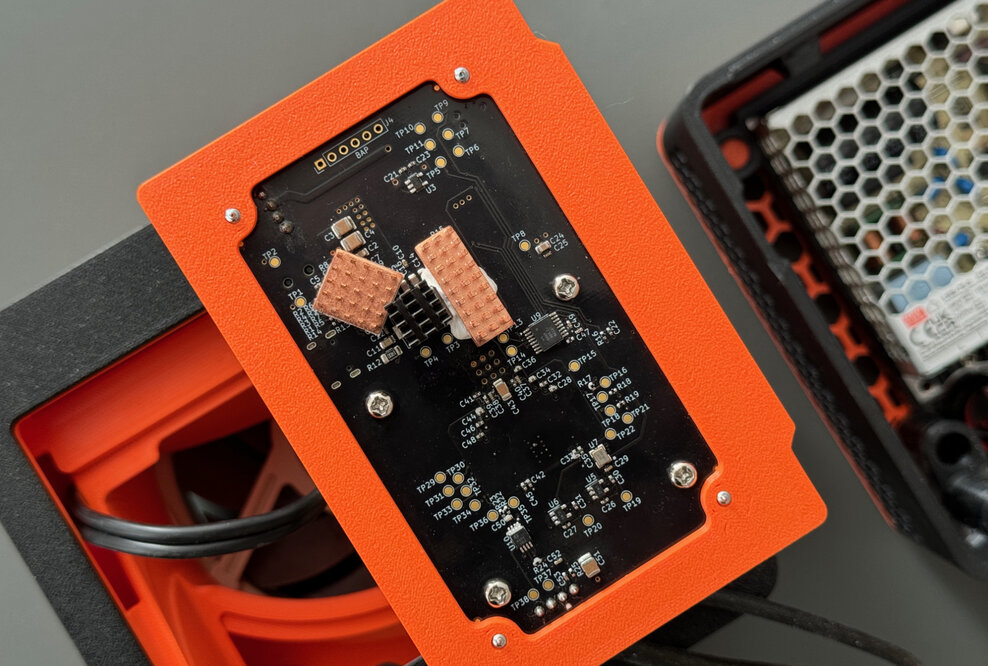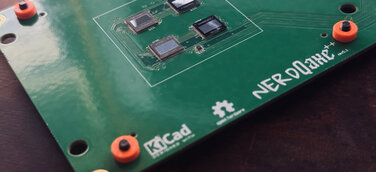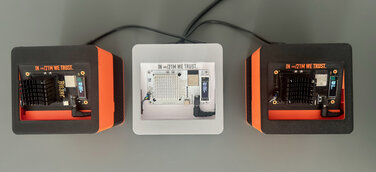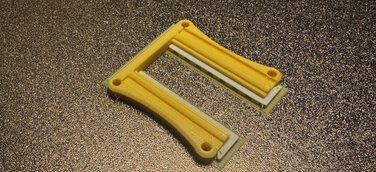Right after the first prototype of my OC'axe development, the question arose as to which 120 mm fan would be suitable for this concept. At that time, I tested a variety of different fans, including a 120 mm model. Although the first OC'axe prototype was far from having the optimal airflow geometry, the winner was quickly found: Noctua NF-F12 PWM. I used this fan for all my tests during the development and optimization of the case for the Bitaxe.
But now that the final and almost perfect geometry has been found and the first public Alpha OC'axe versions are already in circulation, the question naturally arises again: “Is the Noctua NF-F12 PWM still the right choice?”
This time, to really cover all eventualities, I also took other fans that are not compatible with the OC'axe, but it would be nice to know if they can significantly increase the cooling performance of the Bitaxe.


